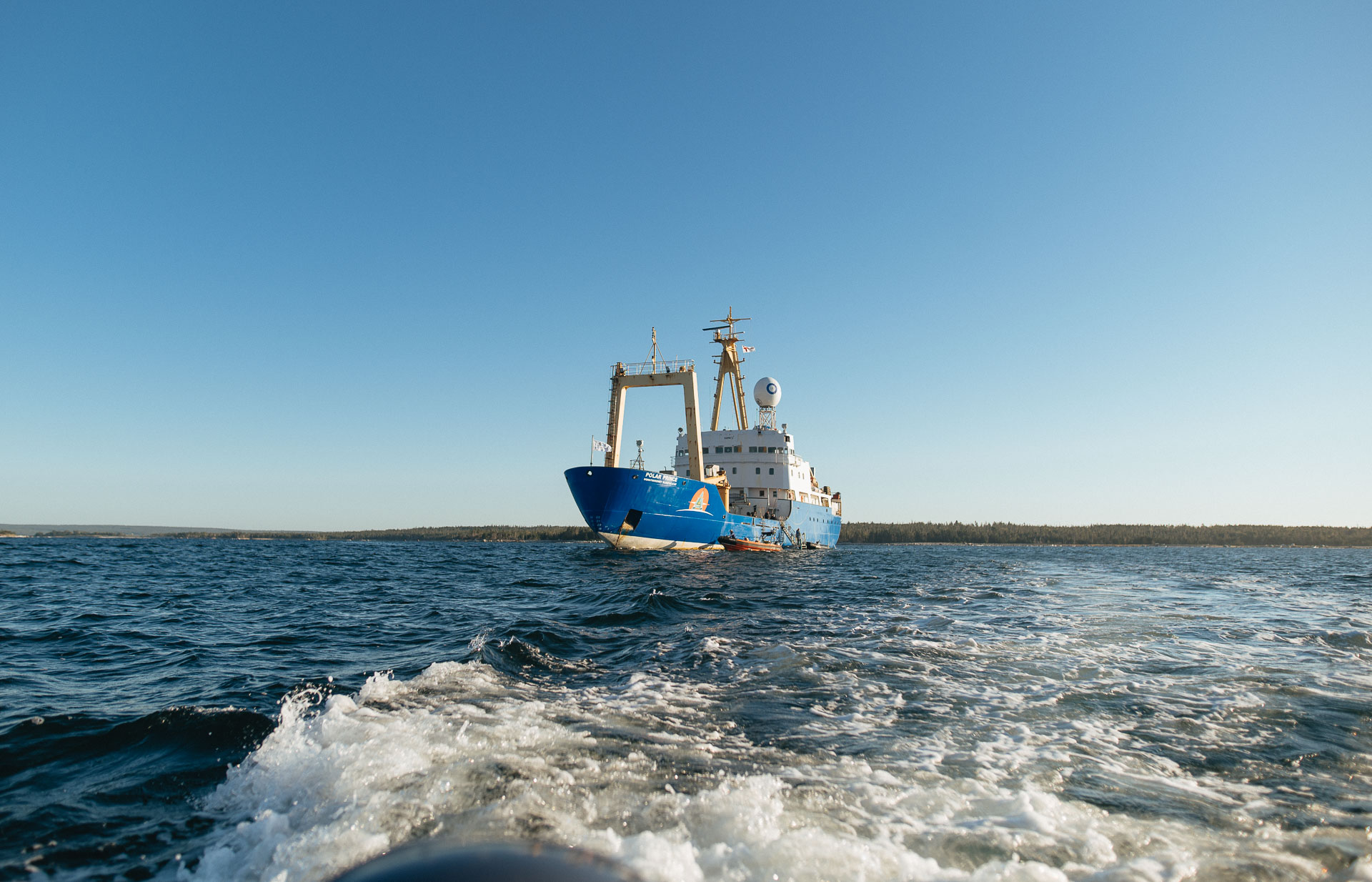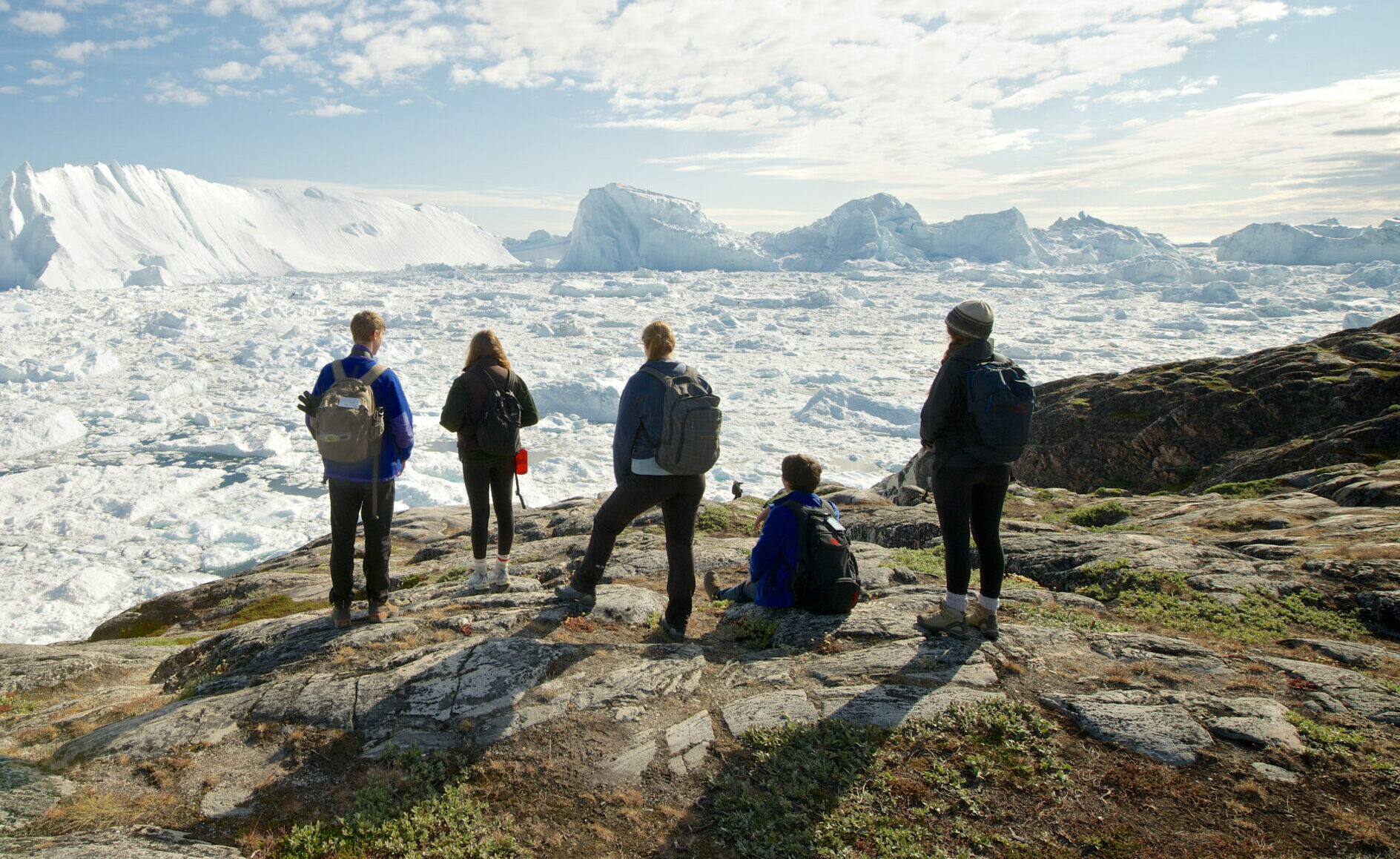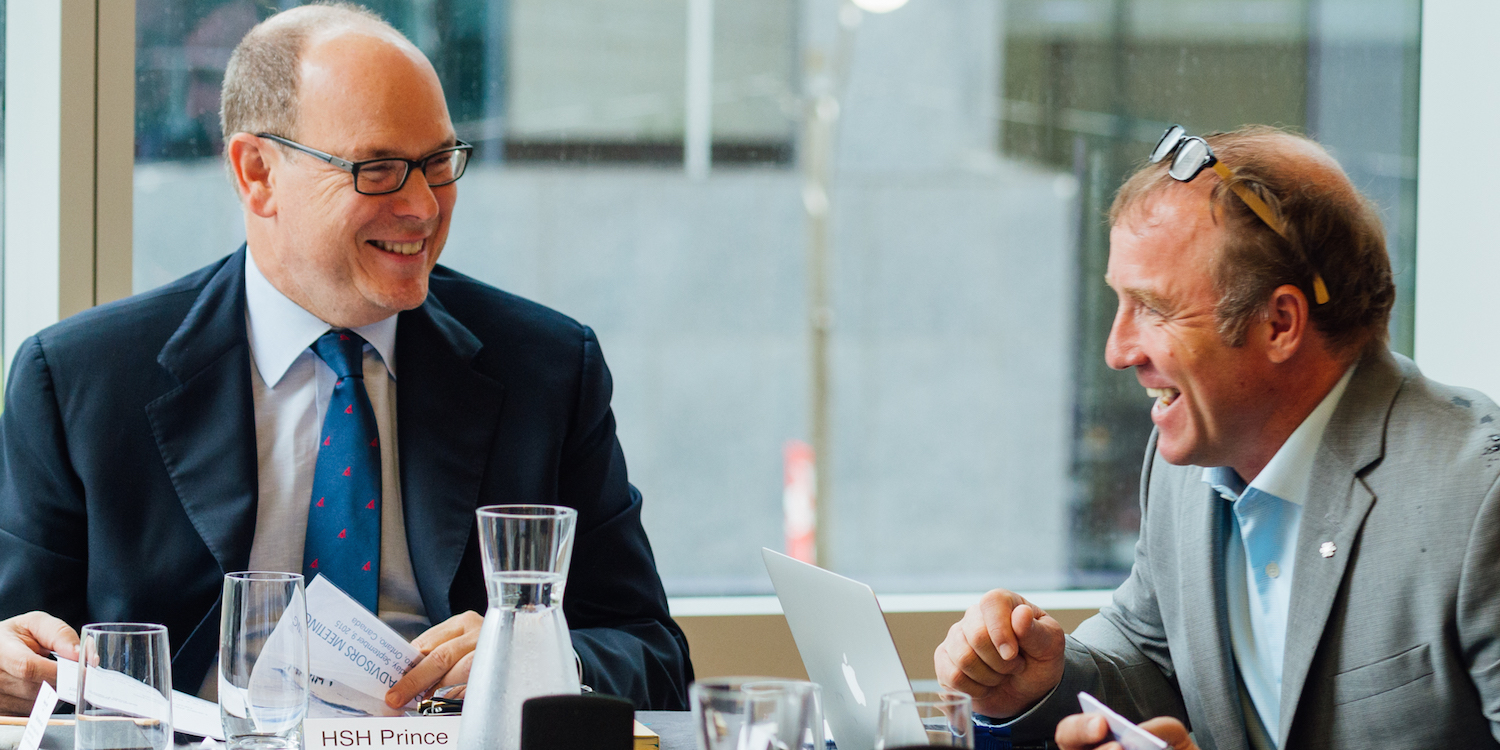Ocean Week 2022: From The Great Lakes To The Atlantic Ocean
By: Inda Intiar
Ever thought about going on a two-week road trip with your boss in a cramped, 2014 hybrid Toyota Prius? Yeah, me neither. But that’s what happened in June!
As Outreach Coordinator of SOI Foundation’s Blue Futures Pathways program, I travelled nearly 2,500 km with our Director of Programs Tara Mascarenhas and Program Manager Anna Naylor from the Great Lakes to the Atlantic Ocean for Ocean Week and Ocean Festival Canada.

We wanted to highlight people and organizations who derive their livelihoods from the ocean and other forms of water in a way that balances out environmental health and socio-cultural benefits for many generations to come.
We kicked off Ocean Week with the launch of our crowdsourced Sustainable Blue Economy map. SOI founder and president Geoff Green first announced it at ESRI Canada’s virtual Marine and Inland Waters Forum 2022. The map is where individuals and organizations across Canada can share about their work, and help us facilitate connections among them.
Then, starting in Niagara, ON for the Canadian Water Summit, we made our way along the St. Lawrence River (Kaniatarowanenneh), stopping along the way and ultimately ending up in Halifax, NS (Kjipuktuk, Mi’kma’ki) for the H2O Conference.
My friends thought I was crazy for agreeing to travel with colleagues for this long. But this is SOI. Impactful trips, on water or on land, is what we do. Aside from the part where I almost got us stranded in rural New Brunswick because I forgot to fuel up, it was smooth sailing, and even filled with laughter!
What was most important was seeing the various research, innovation and inspiring work being done in conservation, technology, transportation, media, education and other sectors within the sustainable ocean and water economy.
After having to do much of our work online since the pandemic, getting the opportunity to connect in person with professionals, educators, and employers was so meaningful.
For example, we met the University of Toronto’s Trash Team while they were cleaning out seabins at the Outer Harbour Marina. They showed us how they were working to increase waste literacy and decrease plastic pollution with the help of a multidisciplinary team of professors, scientists, students, volunteers, and funders like the Port of Toronto and Toronto and Region Conservation Authority. 
This conservation work was a great precursor to our visit to Kingston. There, we took part in a nature-journaling workshop on the banks of the Cataraqui River. The Ocean Week event led by ecologist Corina Brdar was an example of how art can help in ocean advocacy, and make us feel more connected to the water that surrounded us.
Our connection to water was duly confirmed during our meeting with Philip Ling, an electrical engineer and social entrepreneur, whose team at Maitland Tower Corp. have big dreams. They’ve bought the 13-acre property that houses the old mill tower in Maitland, ON, and are working to turn it into a research hub for marine and environmental science. Philip and team hosted us for two nights; even allowing for a kayak and cool dip in the St. Lawrence River one evening. On our walk back to the house, hundreds of fireflies surrounded us, making for a beautiful end to the day!
The Sustainable Blue Economy also includes the management of water, including wastewater. Water management is a core focus of CentrEau, an interdisciplinary research and training hub funded by the Fonds de recherche du Québec – Nature et technologie, that’s based out of Laval University in Quebec City. At the Brockville Aquatarium in Ontario, we saw that proper water management is so important for the fish and other animals there. Interactive displays also taught us about the impact it could have on electricity supply, community safety, and leisure.
This kind of education offering is complementary to the work being done nearby at the St. Lawrence River Institute in Cornwall. There, research and education take place everyday, often in partnership with community groups like the Mohawk Council of Akwesasne. Some of that work is also done by youth, through the Water Rangers program, among others.
Similarly, the non-profit ACAP (Atlantic Coastal Action Plan) Saint John works with surrounding communities, and provides research and education to offer solutions to the environmental problems in the New Brunswick city.
Education about water also happens at museums like the Biosphere in Montreal, some of it through the science festival Eureka! that also took place in June. We dropped by to share our resources and program with some of the educators at the museum.
We of course also learned about inspiring Indigenous-led efforts in the Sustainable Blue Economy, particularly in ocean technology. For instance, Ulnooweg offers science education for youth and, along with the Centre for Ocean Ventures and Entrepreneurship (COVE) and UpSwing Solutions, supports programs like Samqwane’jk Sustainable Ocean Partnerships to help Indigenous ocean businesses. Those businesses include Smak’nis Maritime Safety & Security, which is developing electric vessels, and 3D Wave Design, which uses 3D mapping to help mitigate the impact of climate change on communities.

While in Halifax, we met our BFP delivery partner COVE and checked in with their ocean tech interns who are sponsored by BFP. Thanks to the Ocean Technology Council of Nova Scotia (OTCNS), we attended the H2O ocean tech conference and further connected with employers and young professionals there.
Overall, it was an energizing experience that showcases just how diverse the Sustainable Blue Economy is, and the breadth of opportunities for youth that are available in this emerging space.
We’re so grateful to all of the folks and organizations who shared their space, time and stories during the journey. Watch the video below to see some of the folks we met along the way, and stay tuned for more in-depth videos about some of the organizations we mentioned above!
Blue Futures Pathways, a program led by the SOI Foundation, connects young people across Canada to opportunities and resources within the Sustainable Blue Economy. Learn more at http://bluefuturespathways.org





